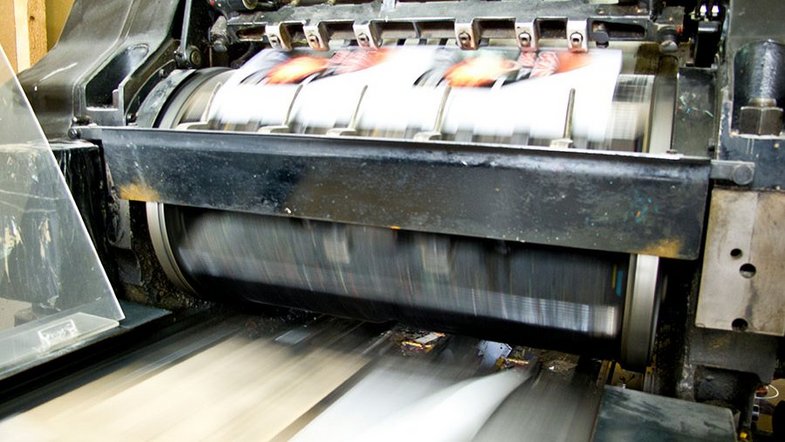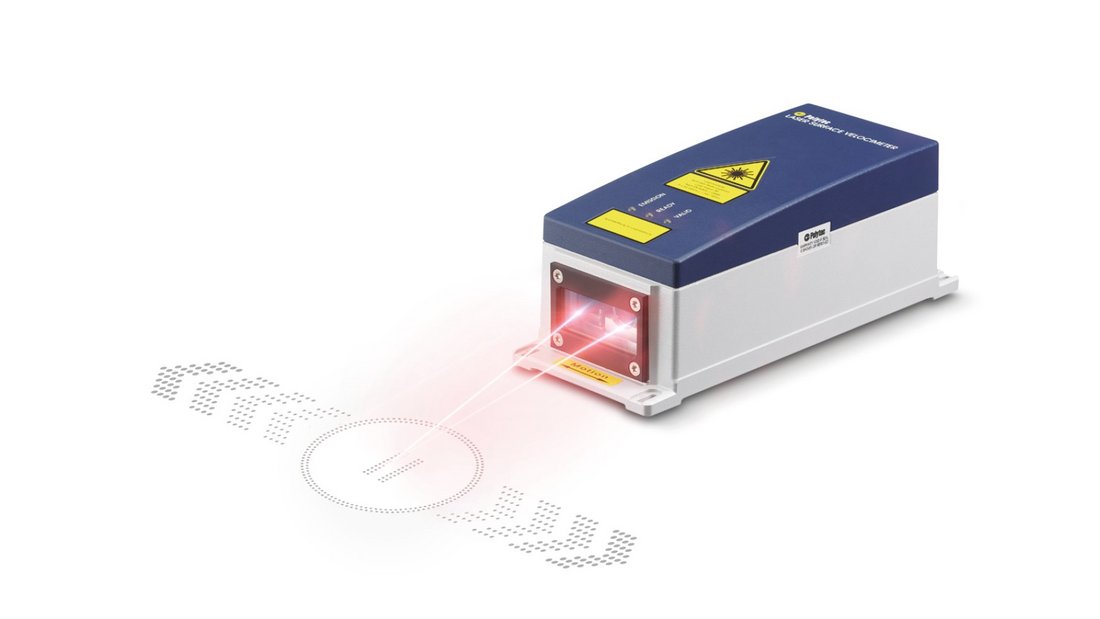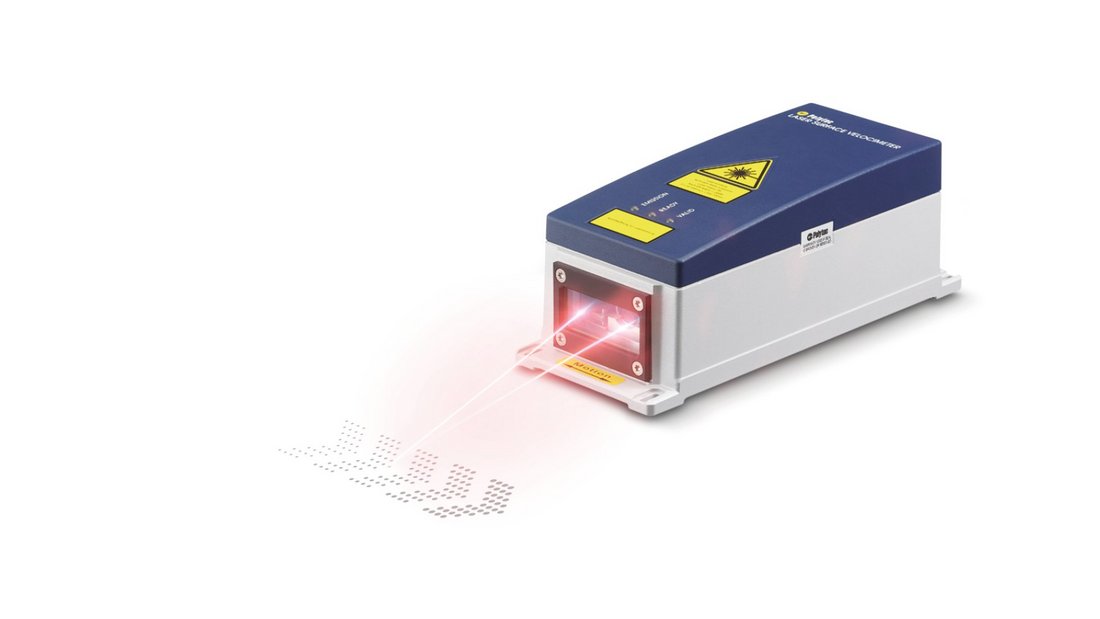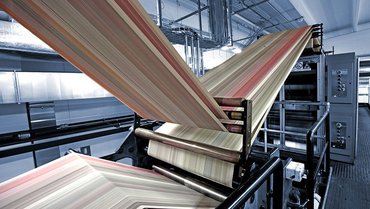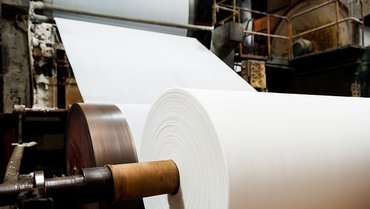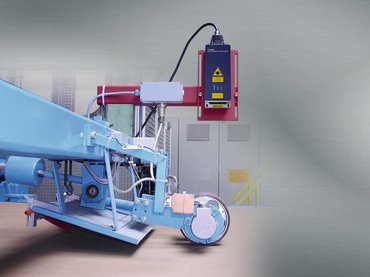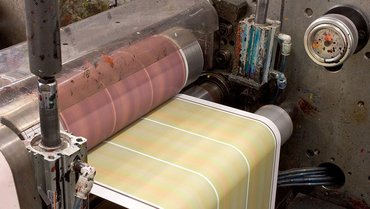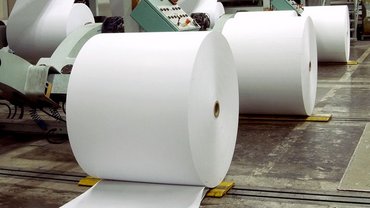High-precision detection of velocity differences
In processes which involve the elongation of products, any desired velocity difference should be regulated accordingly. In other processes differences are undesirable since they can lead to backlogging or may even damage the product – due, for example, to the slippage of drive rollers or because tension is generated in the product. The velocity difference is calculated by measuring the velocity at different points in the process and comparing the readings with one another. Using several laser surface velocimeters (LSV) allows you to accurately determine the velocity at the relevant points in the process, thereby enabling you to optimize it.
LSVs from Polytec are ideally suited because they can conduct measurements on almost any surface and they are not susceptible to contaminated surfaces. The non-contact measuring technique makes it possible to eliminate any negative influences on accuracy, such as slippage and wear, simultaneously. The product being subjected to the measurement remains intact too. Using this optical measurement method avoids slippage, which improves control also during phases of run-up and delay, leading to higher yields in the end. The increased accuracy of velocity measurement allows you to monitor the velocity difference more closely. As a result you are better able to adhere to the end product requirements. The result: You increase quality while at the same time reducing waste.
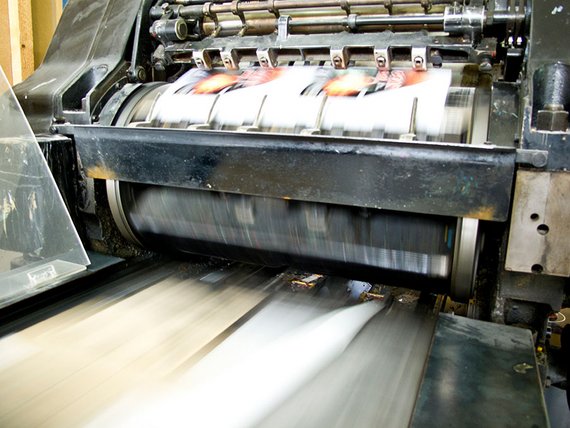
Polytec laser sensors for paper production
Polytec LSVs are used for various velocity difference measurement tasks in the paper, cardboard and packaging industry:
- synchronization of individual sheets in longitudinal cutting processes
- synchronization of roll and sheet in winding and unwinding processes
- tension monitoring.
A Polytec LSV was installed in a paper factory because of frequent downtime when changing rolls of paper in its coating machine. Integrating one of the LSV into the process control equipment allows allowed rolling velocities to be aligned exactly with one another with an accuracy of up to 0.1 %. This results resulted in a significant reduction in of tension fluctuations when joining the paper webs and has already led to savings equivalent to the investment costs in under a year.
